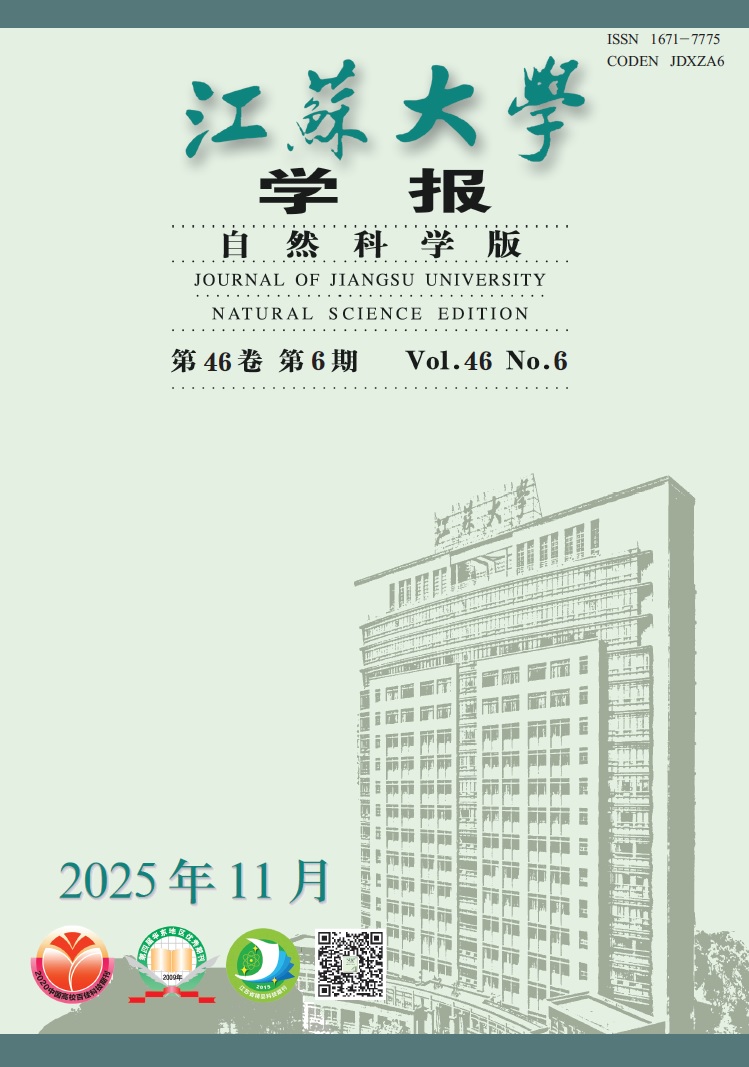WU Chundu, CHANG Zhongwei, TANG Peng, ZHANG Bo, MAO Shuzhou
Using salt and tap water as raw materials, the hypochlorite solution was produced by electrolysis for using as substitute disinfectant in public places, and the substitute disinfectant was integrated into local synthesis spray sterilizer. The device was composed of two parts with pneumatic electrostatic atomization unit and disinfectant local synthesis unit. The effective operating distance was 6 m with unit time spray volume of 303 mL/min. In the E. coli test, the ORP value of the test group was high, and the change range was small when the salt water with mass fraction of 2% was reacted for 3 min. Compared to the pure water control group, the sterilization rate of the selected test group was 100.00%, and sterilization effect was significant.The spray performance test was conducted to analyze the spray performance under different conditions by changing the air pressure with or without charging.The results show that as the air pressure is changed, the amount of spray per unit time and the spraying width and distance are changed accordingly. At the air pressure of 2.5×105 Pa, the spray volume, spray distance and spray range per unit time are 303 mL/min, 6.00 m and 1.25 m, respectively. In the charged state, the spray amplitude, deposition density and deposition amount are larger than those in the same condition. At the air pressure of 2.0×105 Pa, the maximum spray amplitude is 1.21 m, and the spray amplitude is increased by 0.20 m compared with that at noncharged condition. The deposition density of droplets can be increased by charging, and the deposition amount is increased by 0.08 μL/cm2 at the upper position of 3.70 m. At the air pressure of 2.5×105 Pa, the average particle size of droplets is 47.93 μm. The experimental results show that the total number of bacteria is less than or equal to 300 CFU/(25 cm2) when the developed substitute disinfectant local synthesis spray disinfection device is used in laboratories and public places, which meets the national standard.
